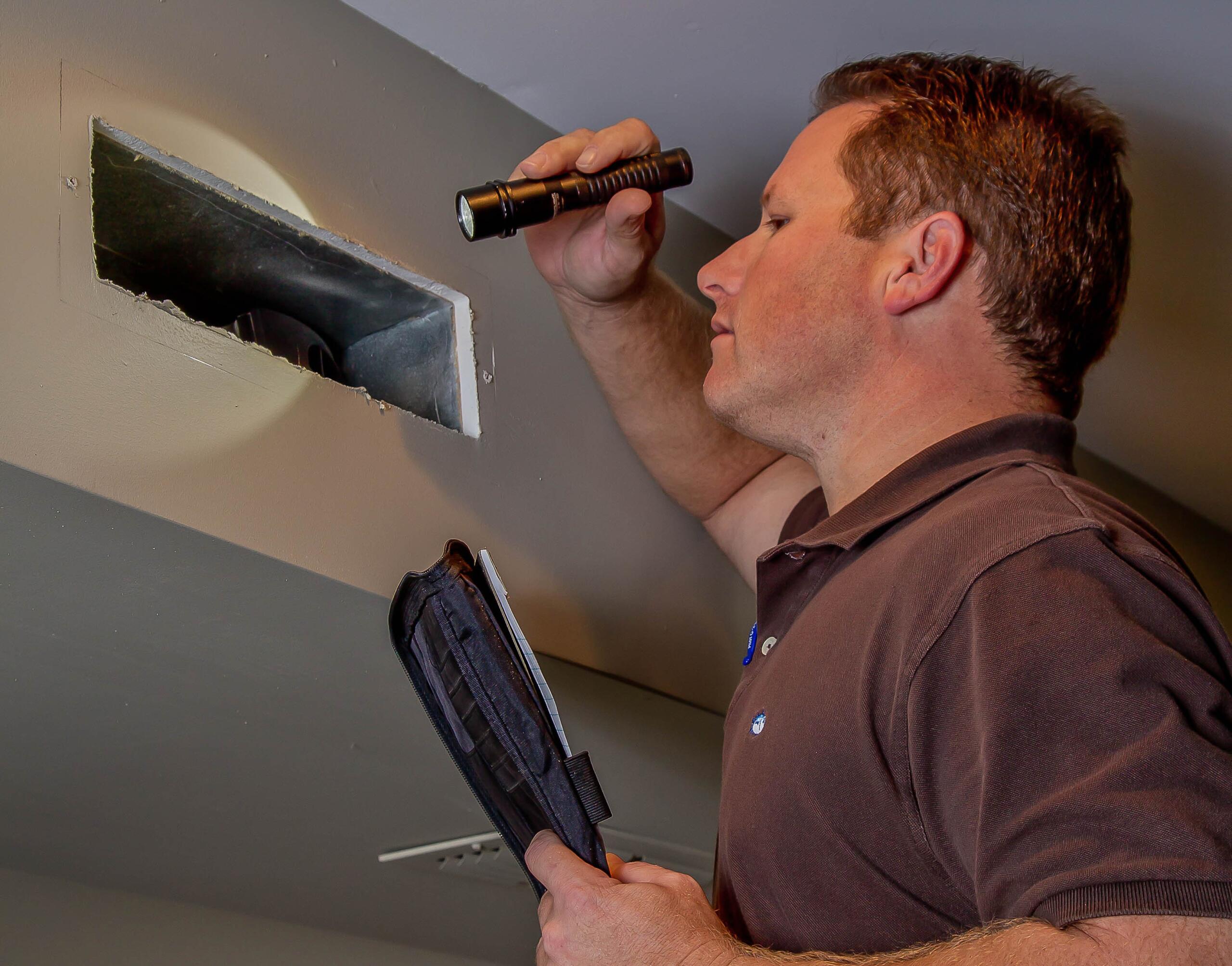(607NewsNow) — As the weather cools, bats begin looking for warm, sheltered places to roost for the winter. While they’re beneficial to the environment, helping control mosquitoes and other insects, they can cause major issues when they move indoors. Fall is a key time to look for signs of bat activity and take preventive steps to keep your attic bat-free.
Signs of bat activity
Bats are quiet and nocturnal, so you might not see them directly. Instead, look for droppings, called guano, around potential entry points or in attic corners. Guano looks like mouse droppings but crumbles into powder, often containing shiny insect parts. You may also hear light scratching or fluttering noises at dusk or dawn, or notice dark, greasy stains near vents and rooflines. A strong musty odor can indicate a larger roosting colony.
Health and safety concerns
Though bats rarely attack, they can pose health risks. Guano buildup can harbor a fungus that causes histoplasmosis, a respiratory illness. Bats can also carry rabies, so avoid handling them under any circumstances.
Preventing infestations
Inspect your home carefully in early fall for gaps around eaves, vents, and chimneys as bats can squeeze through openings as small as half an inch. Seal cracks with caulk or steel mesh, install screens over vents, and make sure your chimney has a secure cap. Trimming back tree branches that hang near the roof can also reduce access points.
Because bats are protected in many states, timing matters. Exclusion, allowing bats to leave but not return, should only happen after young bats can fly, usually in late summer or early fall. A professional wildlife control expert can install one-way devices that let bats exit safely while preventing reentry.
When to call a professional
If you suspect bats in your attic, don’t try to remove them yourself. Sealing entry points without ensuring all bats are out can trap them inside, leading to odor and further damage. Licensed wildlife specialists can safely remove colonies, clean up guano, and seal your home to prevent future infestations.
Taking a few preventive steps now will help protect your home this fall and ensure bats stay where they belong: outdoors, not in your attic.





